Quang Ninh is a locality that is often heavily affected by natural disasters such as storms, floods, droughts and forest fires. Given this reality, effective response is an urgent solution to minimize damage and protect people's lives.
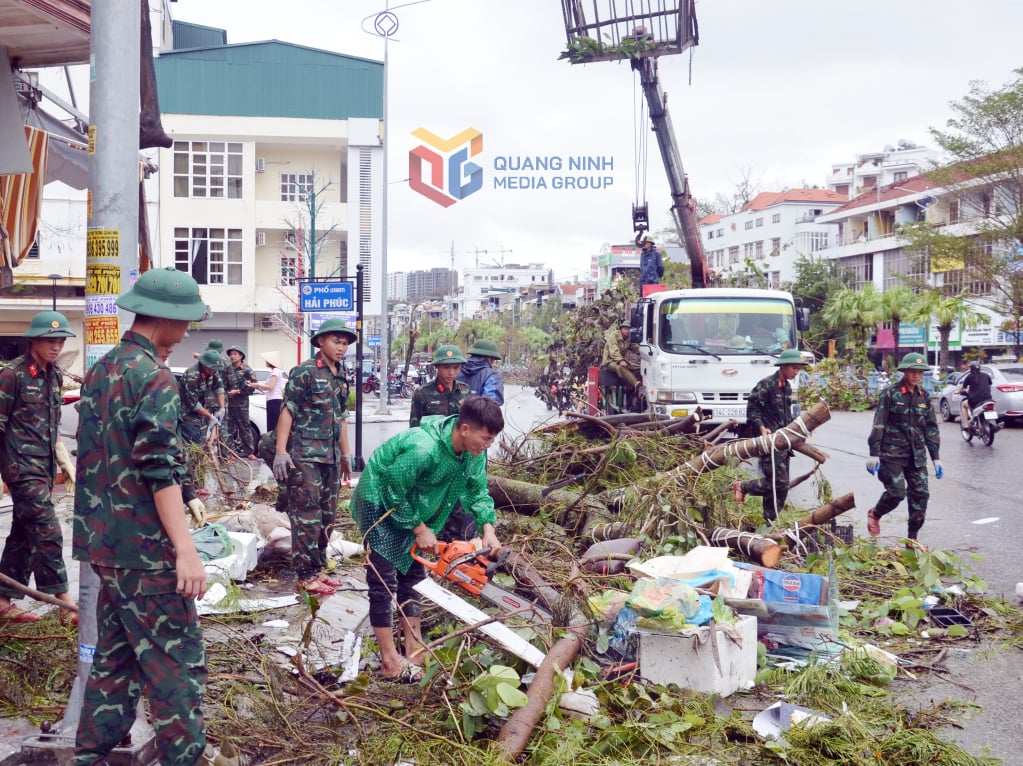
Impact of natural disasters
According to statistics, of the 19 natural disaster situations stipulated in the Law on Natural Disaster Prevention and Control, Quang Ninh province has experienced 17 situations, only earthquakes and tsunamis have not been recorded in the area. In 2024, the East Sea recorded 10 storms and tropical depressions, of which two storms directly affected Quang Ninh: storm No. 2 (Prapiroon) and storm No. 3 (Yagi). In particular, storm No. 3 made landfall in the province on September 7, 2024 and became a super storm with winds reaching level 16-17. The total damage caused by storm No. 3 to Quang Ninh province is estimated at about 28,000 billion VND, killing 30 people, injuring more than 1,600 people and damaging thousands of houses, causing roofs to blow off, collapsing or being severely flooded.
2024 also recorded unusual extreme weather events due to the impact of climate change. The rainy season started in May and ended earlier than every year, at the end of September, about a month earlier than usual. The whole province experienced 8 heavy rains, of which the highest daily rainfall measured at Tien Yen station on September 9 reached 274mm. Heat waves appeared early in April, with temperatures 1-1.5°C higher than the average of many years, and 2.2-2.7°C higher than the previous year, with the highest temperature commonly ranging from 36-37°C. Severe cold also occurred 4 times a year, of which on January 23, frost was recorded at the top of Yen Tu and Cao Ly mountains. In addition, the province recorded 8 floods on rivers and 2 landslides, directly threatening the safety of people and infrastructure.
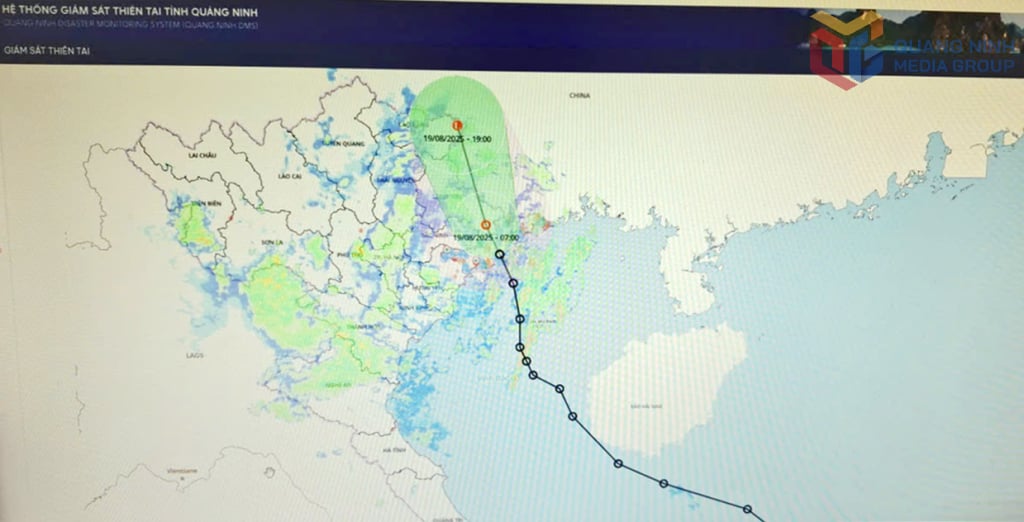
The above reality shows that the impact of climate change is becoming more and more evident and severe, especially in coastal provinces such as Quang Ninh. Particularly, on the afternoon of July 19, 2025, an unusually strong storm hit many localities in the North, including Quang Ninh, causing serious damage to people and property. The QN-7105 tourist ship capsized while transporting tourists on route 2 in Ha Long Bay, causing many casualties.
Therefore, disaster prevention and control work needs to be further improved in terms of forecast quality, response capacity and proactiveness in building a sustainable infrastructure system. Climate change is no longer a potential risk but has become a permanent reality, requiring the government and people to have comprehensive and timely response solutions to protect the lives and property of the community.
Proactively prevent natural disasters
Faced with increasingly complex and extreme weather developments due to the impact of climate change, the province has been synchronously implementing many solutions to proactively prevent, respond to and overcome the consequences of natural disasters, protect people's lives and property and develop sustainable socio-economy. According to the National Center for Hydro-Meteorological Forecasting, in 2025, the weather situation will continue to have many unusual developments. The ENSO phenomenon in a neutral state along with the trend of rising global temperatures will increase the risk of natural disasters such as: severe heat, localized heavy rain, strong storms, flash floods, landslides and rising sea levels... These are major challenges that require careful, proactive and flexible preparation from early on, from afar.
Realizing the importance of disaster prevention and control (DPC), the Provincial Party Committee and the Provincial People's Committee have closely directed departments, branches and localities to thoroughly grasp the spirit of considering DPC as a regular and continuous task of the entire political system. The implementation of Directive No. 42-CT/TW of the Secretariat, Action Program No. 39-CT/TU (2020) and Resolution No. 10-NQ/TU (2022) of the Provincial Party Committee has created an important foundation for comprehensive and synchronous disaster prevention and control, attaching responsibility to each level and each branch, especially the leaders.
The province focuses on strictly implementing the motto "3 before" (identifying risks, preparing plans and materials before natural disasters occur) and "4 on-site" (on-site command, on-site forces, on-site means, on-site logistics), considering this a key principle in response work, especially in the context of natural disasters occurring more quickly, complicatedly and unpredictably.
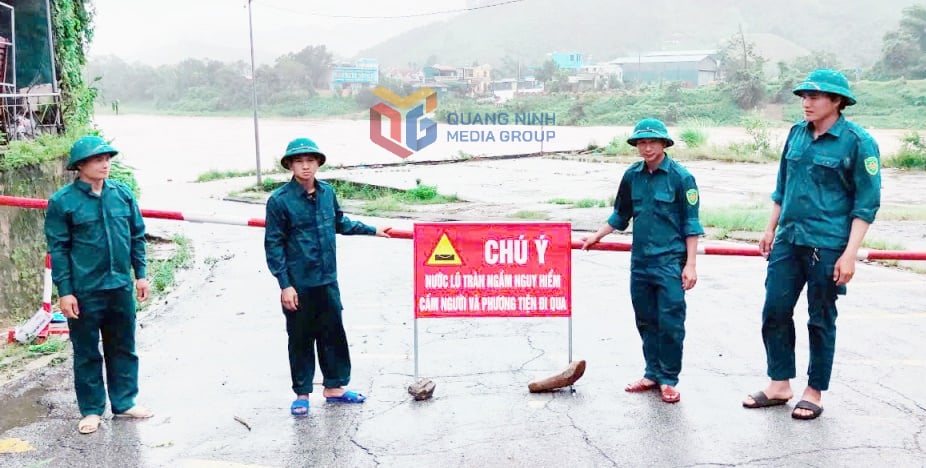
Up to now, the whole province has invested in upgrading many irrigation works and dykes to serve the work of flood prevention and control. Specifically, there are 176 reservoirs with a total capacity of 360 million m³, of which Yen Lap lake is the largest with a capacity of 127 million m³. The dyke system is 397km long, designed to withstand storms of level 9 and above. In particular, the Ha Nam dyke line (Lien Hoa ward, Phong Coc) reaches level 3, is capable of withstanding storms of level 10, and plays a key role in preventing rising sea levels, protecting civil infrastructure and industrial zones.
The province is also developing a plan to strengthen and complete the dyke system by 2030, with a vision to 2050, to improve long-term disaster prevention capacity and effectively adapt to climate change. In localities, local authorities have proactively implemented many specific prevention solutions. For areas at high risk of flooding, communes and wards have actively dredged and cleared sewers and drainage systems, minimizing local flooding that causes traffic jams and affects people's lives.
Along with that, the armed forces and functional sectors are always ready to respond. Response plans for each disaster scenario have been built and carefully reviewed. The province also promotes digital transformation in information reception, forecasting, warning of natural disasters, improving the quality of on-site management and command. Propaganda, training and drill activities are regularly organized to improve the capacity and response skills of people and the community. When natural disasters occur, local Party committees and authorities are responsible for promptly and fully reporting the situation, damage and measures deployed to the Provincial Steering Committee for Disaster Prevention and Control and Civil Defense for timely direction to minimize human and property damage.
Source: https://baoquangninh.vn/ung-pho-hieu-qua-voi-thien-tai-3372700.html


![[Photo] Prime Minister Pham Minh Chinh chairs a meeting of the Government Standing Committee to remove obstacles for projects.](https://vphoto.vietnam.vn/thumb/1200x675/vietnam/resource/IMAGE/2025/10/06/1759768638313_dsc-9023-jpg.webp)



![[Photo] Prime Minister Pham Minh Chinh chaired a meeting of the Steering Committee on the arrangement of public service units under ministries, branches and localities.](https://vphoto.vietnam.vn/thumb/1200x675/vietnam/resource/IMAGE/2025/10/06/1759767137532_dsc-8743-jpg.webp)

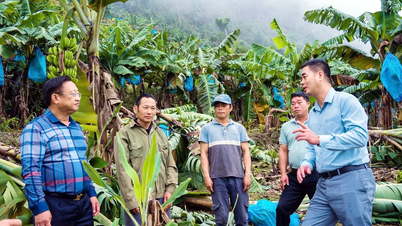



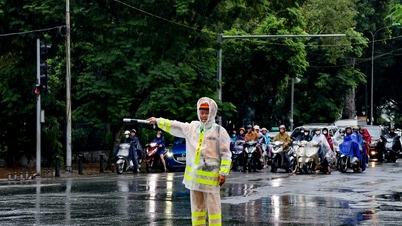
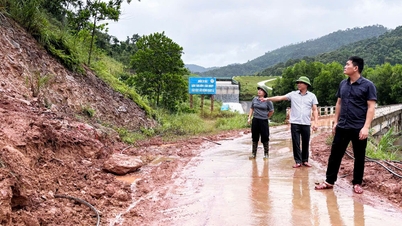

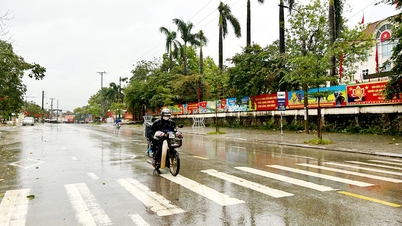
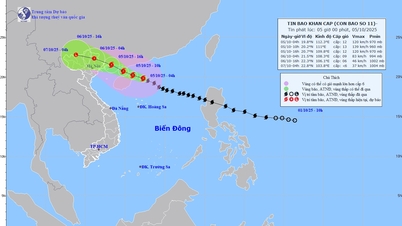


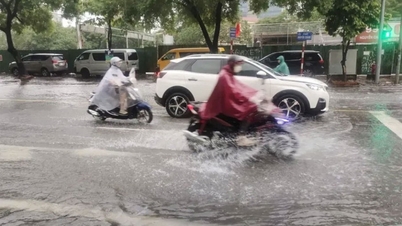


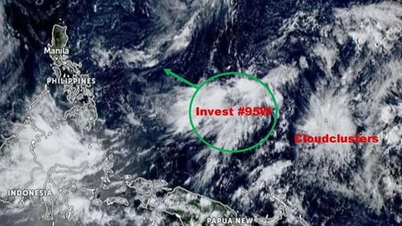














































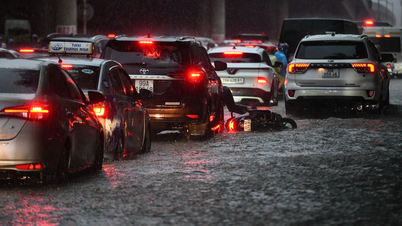


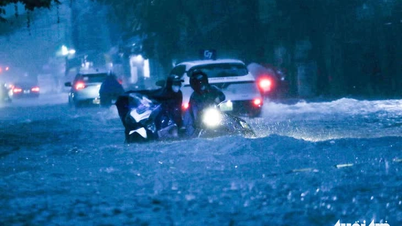











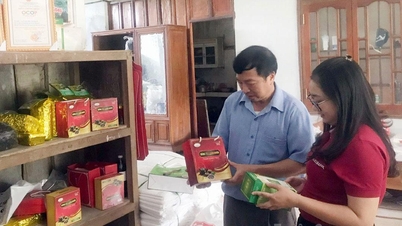



















Comment (0)